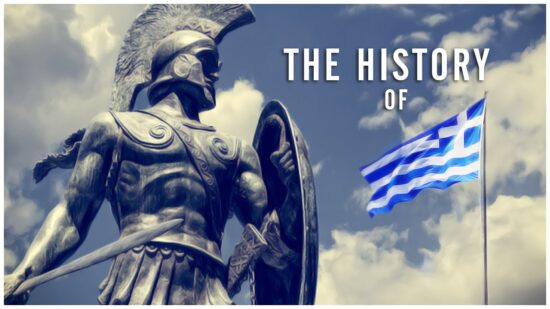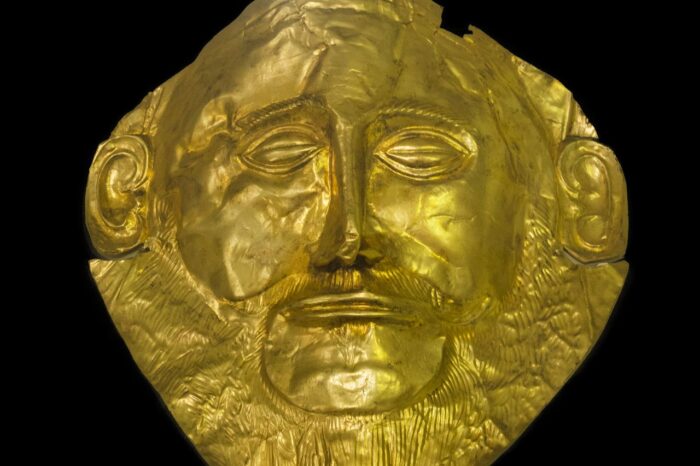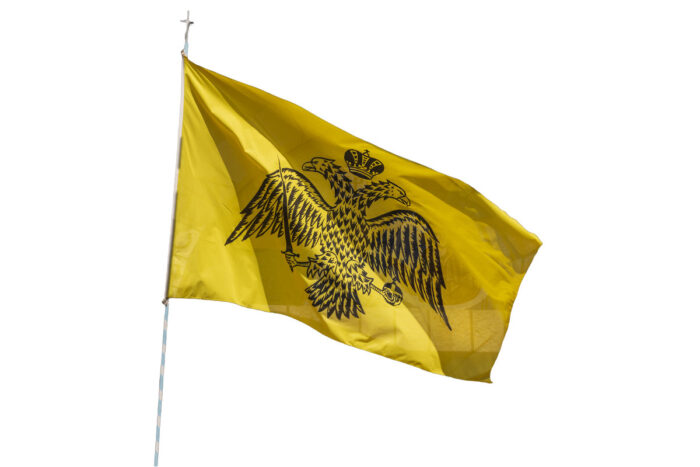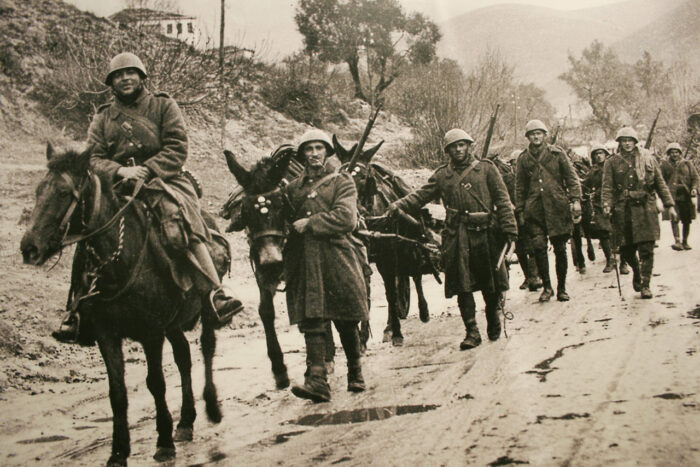Find Places of Interest, Hotels, Apartments, Restaurants, Car Rental and Services in Greece
Find Places of Interest, Hotels, Apartments, Restaurants, Car Rental and Services in Greece
The Secret School in Greece
Secret School (Krypho Scholio) is one of the more enduring myths of Greek national imagining. It concerns the alleged suppression (and, in some cases, total prohibition) of education, by the Ottomans, among their subject peoples.
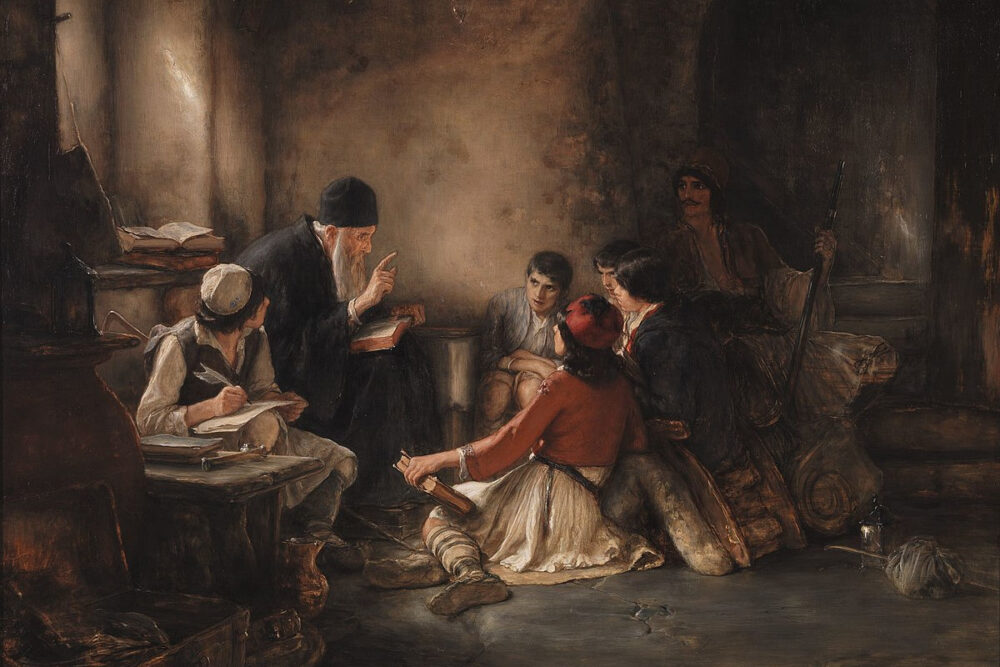
According to the Secret School narrative, because of this suppression (especially during the first two centuries of Ottoman rule in Greece, the mid-fifteenth to the early seventeenth), Greeks had secretly organized small, underground schools for the education of their children.
These schools were said to have convened in churches or monasteries (monasticism in Greece), usually at night, and usually the teachers were priests.
The myth of the Secret School has long been part of the populist historical narrative and is sufficiently acknowledged in official discourse to warrant its incorporation into primary school textbooks.
In the last two decades of the nineteenth century, the Secret School myth became fully consolidated by the incorporation into the narrative of an existing popular nursery rhyme, by its visualization by Nikolaos Gyzis (1842–1901) in his painting The Secret School, 1885–86 (Emfietzoglou Collection, Athens) and by its commemoration in Ioannis Polemis’s homonymous poem of 1900, which was inspired by Gyzis’s picture.
Another element that added to the myth’s popularity was the incorporation into its narrative of a children’s song, the melody of which was based on a nursery rhyme. According to Angelou, the song’s lyrics went through extensive alterations10 and of its five original lines only the first two are unchanged:
My little bright moon
shine on my footsteps
so that I can go to school
to learn to read and write
to learn God’s teachings
Gyzis’s Secret School was etched in 1996 on the reverse side of the new 200-drachmas paper bill issued by the Bank of Greece.
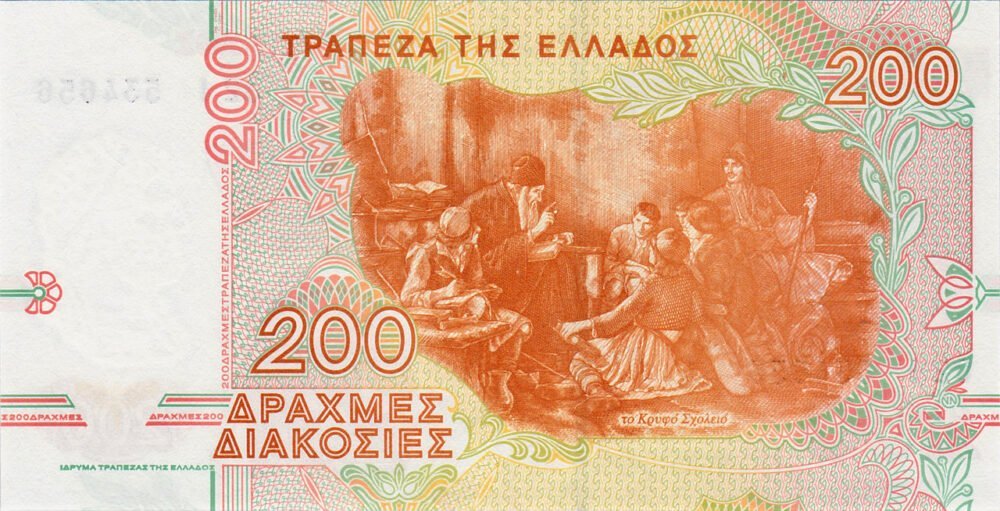
Read more:
